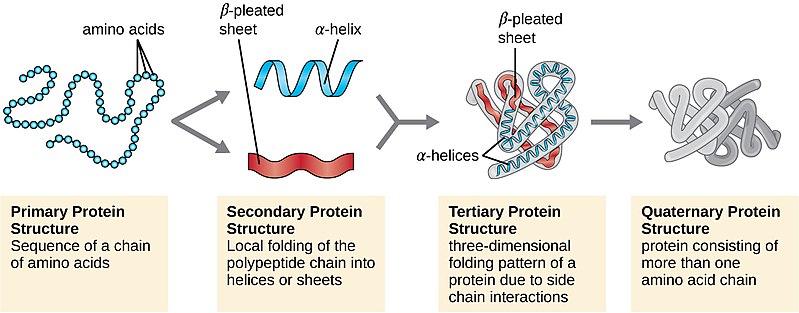In 2020 I wrote a 640 page essay on Matthew 2-24 which shows that the Gospel of Matthew can be interpreted symbolically as a detailed prophecy of Western civilization. As far as I know, showing that the entire original Greek text of a biblical book can be viewed as an extended sequence of prophecy is unprecedented. One might think that those who study biblical prophecy might find such an analysis interesting. But when I have mentioned this research to such individuals I have found that what they really want is a transcendent God who will magically intervene to rescue them from rational thought. They do not want a rational God who uses cognitive mechanisms to lead human society step by step as portrayed in the essay on Matthew.
The previous essay stopped at Matthew 24 because that corresponds to the present time. Since then, I have found that Acts 1-12 appears to start at the present time and continue into the future. That analysis makes it possible to look at the final four chapters of Matthew. I have just posted a 160 page essay on Matthew 25-28. It appears that Acts 1-12 and Matthew 25-28 are both describing a similar period of future history that starts with the present.
My basic premise is that there will soon be what I call a ‘theoretical return of Jesus’. This will not be a ‘rapture’ away from earth to heaven but rather a rational understanding of the nature of Jesus Christ the Incarnation. That will be followed by what I call ‘spiritual technology’, which will add a spiritual dimension to existing technology. This will gradually expand to form a complete spiritual economy. But this spiritual economy will eventually lead to fundamental questions about what it means to be human. Deep fear over where this might lead will cause society to ‘crucify’ the spiritual economy, which will eventually become reborn at a deeper level.
These are the sorts of topics that are normally discussed in science fiction. In contrast, most books on biblical prophecy are like fairy tales that end by saying that ‘Jesus returned and everyone lived happily ever after. The end.’ The essay on Matthew 25-28 talks about angels, spirits, supernatural powers, and even genetic manipulation. But the same cognitive mechanisms still apply, making it possible to discuss the subject rationally as well as compare prophetic incidents with similar episodes in history. In brief, it appears that future society will go through a transition involving the spiritual economy that is similar to the cognitive and religious transition being experienced today. The crucifixion story of Matthew seems to be describing the cycle that will happen in the future, while the crucifixion story of Luke seems to be describing the current cycle that is being experienced today. That hypothesis is briefly explored at the end of the essay on Matthew 25-28.
As far as I can tell, the primary foe to the coming work of incarnation will be a religious system that distinguishes between clergy and laity–between holy and secular. But this continued opposition will force the spiritual economy to continue developing and eventually push it through to a new level of functioning. At the personal level, this opposition will force people to ask themselves whether being a follower of Jesus means submitting to the words and institutions of religious leaders who claim to speak for Jesus, or walking a path that leads to personal salvation. After all, the name Jesus means ‘salvation of God’. This is similar to the way that my cognitive analysis of biblical books has forced me to ask whether believing that the Bible speaks about Jesus means blindly accepting the interpretation of religious leaders who claim to know what the Bible says about Jesus, or studying the original Greek text of the New Testament from the perspective of following a path of personal transformation and salvation.










